Entry Category: Military Science
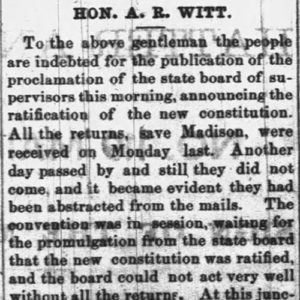 Allen Rufus Witt Story
Allen Rufus Witt Story
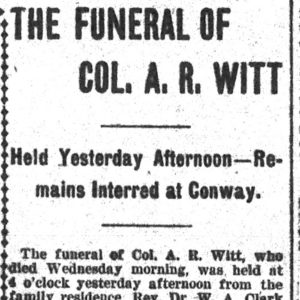 Allen Rufus Witt Death
Allen Rufus Witt Death
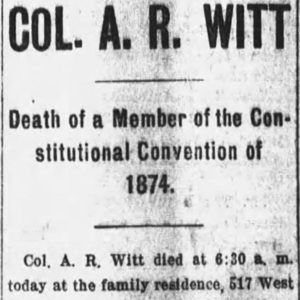 Allen Rufus Witt Death
Allen Rufus Witt Death
 Wittsburg Fortification
Wittsburg Fortification
Wittsburg Fortification
Wolfe, Paul
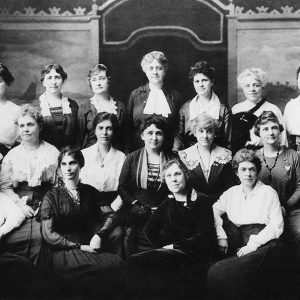 Woman's Committee
Woman's Committee
Women in the Civil War
Women’s Auxiliary Army Corps (WAAC)
Wood, John Shirley
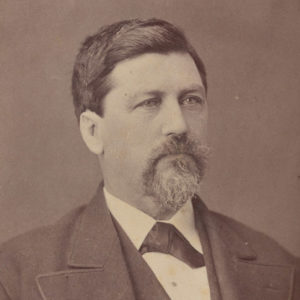 Samuel N. Wood
Samuel N. Wood
World War I
aka: The Great War
World War I Markers and Memorials
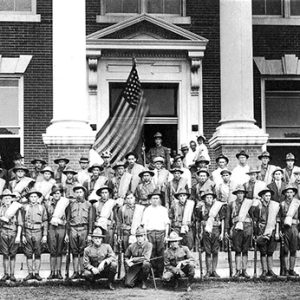 World War I Soldiers
World War I Soldiers
World War II
World War II Markers and Memorials
World War II Ordnance Plants
aka: Arkansas Ordnance Plant (AOP)
aka: Maumelle Ordnance Works (MOW)
aka: Southwestern Proving Ground (SPG)
aka: Ozark Ordnance Works (OOW)
aka: Shumaker Naval Ammunition Depot (NAD)
World War II Prisoner of War Camps
aka: Prisoner of War Camps (World War II)
aka: Prisoners of War Camps (World War II)
aka: POW Camps (World War II)
Wright’s Arkansas Cavalry (CS)
 WWI Memorial
WWI Memorial
 WWII Nazi Memorabilia Display
WWII Nazi Memorabilia Display




